A self cleaning bidet delivers hands-free hygiene, less maintenance, and real toilet paper savings. The core is simple: the nozzle rinses itself automatically (before and after use), and on premium seats, a UV light finishes the job by sterilizing the nozzle housing. If you’re comparing bidet seats, worried about sanitation, or doing a quick ROI check, this guide puts practical facts first—what the self-cleaning cycle actually does, what is nozzle cleaning in bidet and how it keeps hygiene consistent, health and eco gains you can bank on, total cost of ownership, installation fit, and how to choose the right model. Start with the quick takeaways for fast answers. Stay for the clear tech breakdowns, easy math you can redo at home, and the step-by-step buyer path that helps you switch with confidence today.
Quick takeaways and fast answers
The bottom line benefits
-
Up to 75% less toilet paper; many households see ROI in 1–2 years
-
Nozzle self-rinse before and after each use; UV sterilization on higher-end seats
-
Improved comfort (heated seat, warm water, air dryer) and better accessibility (hands-free)
Who a bidet seat helps most
Eco-conscious households, seniors, mobility-limited users, families with kids, and people with sensitive skin, hemorrhoids, or who are prone to UTIs often report the biggest benefits. The gentle spray reduces friction from paper, and the hands-free wash cycle eases strain and improves bathroom hygiene for everyone.
Rapid buyer checklist
-
Fit: check round vs. elongated bowl, one- vs. two-piece toilets, clearance at the tank, and if a skirted design needs special brackets.
-
Power: a nearby GFCI outlet is best for electric bidets with heat and UV.
-
Water: you’ll use a simple T-valve at the shutoff to feed the bidet toilet seat.
-
Must-haves: self-cleaning nozzle, adjustable temperature and pressure.
-
Nice-to-haves: UV nozzle sterilization, deodorizer, auto-lid/auto-flush, night light, remote or app control.
Must-have vs. premium features
| Feature class | Features | Why it matters |
|---|---|---|
| Must-have | Self-cleaning nozzle, adjustable water temp/pressure, stainless-steel nozzle, retractable nozzle housing | Core hygiene and comfort; durable materials; easy daily use |
| Comfort add-ons | Heated seat, warm air dryer, massage/pulse, oscillation | Better comfort and faster drying; helpful for skin sensitivity |
| Hygiene add-ons | UV sterilization in nozzle bay, pre-mist of bowl | Extra disinfection and cleaner bowl between flushes |
| Automation | Auto-lid/auto-flush, occupancy sensor, presets, remote/app | Accessibility, hands-free, and one-tap routines |
| Care & safety | Carbon filter deodorizer, eco modes, child mode, GFCI plug | Odor control, lower energy, safe operation |

Self cleaning bidet technology: how it works
You press wash. The bidet does the rest. The nozzle extends, sprays a controlled, gentle stream, then retracts and cleans itself. That’s the key. Below is what happens inside the seat.
Nozzle self-rinse, retract, and materials
Most modern bidet toilet seats use stainless-steel nozzles because they resist wear and are easy to keep clean. Before you sit, many seats run a short pre-rinse to “prime” the nozzle. After you finish, they run a slightly longer rinse to flush any residue away. The nozzle retracts into a housing that shields it from splashes during regular flushes. Some nozzles have antimicrobial surfaces or a removable tip for occasional manual care.
People often ask, “What is a bidet nozzle?” It’s the slim spray arm that extends to wash and then retracts to rest inside the seat. It includes the spray holes, sometimes separate tips for front and rear wash, and the mechanisms that adjust pressure, angle, and movement.
Worried you could damage the nozzle while cleaning? You can avoid risk by using soft cloths and mild soap only. Do not use harsh chemicals, abrasives, or scrub pads—these could damage the nozzle surface and seals.
UV sterilization and disinfection layers
On premium models, a small ultraviolet light (UV-C) is placed in the nozzle bay. After use, when the unit detects no one is seated, the UV lamp turns on for a set time to disinfect the nozzle tip and the bay around it. This does not sanitize the whole bathroom (nor should it), and it does not shine outward toward the user. The lamp is enclosed and runs only when the seat is unoccupied, so your eyes and skin are not exposed.
What does UV sanitize?
The exposed surfaces in its target zone—typically the nozzle tip and surrounding bay. What doesn’t it sanitize? The bowl water, the rest of the seat, or anything outside the UV bay. It’s a smart addition to reduce germs, not a replacement for routine wipe-downs.
Comfort and automation stack
Beyond self-cleaning, modern bidet seats add comfort and ease:
-
Adjustable water temperature and pressure so the wash stays effective and gentle.
-
Warm air dryer to reduce or replace toilet paper for drying.
-
Heated seat with simple temperature steps.
-
Deodorizer to move air through a carbon filter.
-
Remote or app controls with user presets, helpful for seniors and multi-user homes.
Feature matrix: cleaning tech vs. comfort automation
| Cleaning tech | What it does | Comfort/automation | What it does |
| Self-rinsing nozzle | Rinses before/after use to keep spray tip sanitary | Heated seat | Keeps seat warm; reduces “cold shock” |
| Retractable housing | Shields nozzle between uses | Warm air dryer | Cuts paper use; hands-free drying |
| UV sterilization | Disinfects nozzle bay when not in use | Deodorizer | Reduces odor via carbon filter |
| Antimicrobial design | Slows microbe growth on select parts | Auto-lid/flush | Touchless experience |
| Pre-mist (some seats) | Light water layer to reduce sticking in bowl | Remote/app + presets | One-tap routines; accessibility |

Hygiene and health: what the evidence shows
Now that we’ve covered the technology, let’s look at the real health benefits. This section explains how self-cleaning bidets reduce skin irritation, help prevent infections, and maintain overall bathroom hygiene. You’ll also see what makes the nozzle and wash patterns sanitary in daily use.
Skin, irritation, and infection risk
A self cleaning bidet uses water to clean, which reduces friction compared to dry paper. Many people with hemorrhoids or sensitive skin say the gentle stream helps because it avoids rubbing (MedlinePlus, 2023). People who are prone to UTIs often prefer a front-to-back wash pattern and a lower spray pressure to avoid pushing water where it shouldn’t go. That’s easy to do with adjustable pressure and a nozzle angle setting.
Medical guidance on perineal care often recommends gentle rinsing with warm water to reduce irritation. For daily bathroom use, the same principle applies: less rubbing, more controlled cleaning. If you have an active infection, recent surgery, or special medical needs, ask your clinician for settings and technique that match your condition.
How clean is “self-cleaning”?
The self-rinse removes most residue from the nozzle and returns it to a protected bay. UV, when present, lowers microbial load on the nozzle surface between uses. Routine wipe-downs of the exterior seat, lid, and control areas are still smart. Think of self-cleaning as the base layer that handles the messy work on its own, and your quick wipes as the light, regular polish that keeps everything fresh.
Are self cleaning bidets sanitary?
-
Short answer: Yes, when used as intended. The bidet nozzle cleaner cycle runs pre- and post-use, and UV in premium models adds disinfection inside the bay.
-
Best practices: Use moderate pressure, keep spray front-to-back, and run the built-in nozzle-clean cycle periodically (many seats have a dedicated “nozzle clean” button).
-
Cleaning products: Use mild soap and water on exterior parts. Avoid bleach, solvents, and abrasives because harsh chemicals can wear seals and could damage the nozzle.
-
Safety: UV runs only with no one seated and remains inside the housing. GFCI-protected outlets reduce electrical risk in wet areas.
-
Everyday hygiene: A quick weekly wipe-down of the seat and controls keeps it pristine.
Costs, ROI, and total cost of ownership
Next, we’ll break down costs, energy and water use, and how reducing toilet paper can save you money. You’ll also see how to calculate ROI and what to expect from utility bills
Purchase and operating costs by tier
| Tier | Typical purchase | Typical power use | Typical water use |
| Entry | $250–$400 | ~0.05–0.15 kWh/day (standby + brief heat) | ~0.3–0.6 L per wash |
| Mid | $400–$700 | ~0.07–0.20 kWh/day | ~0.3–0.6 L per wash |
| Premium | $700–$1,200+ | ~0.10–0.25 kWh/day | ~0.3–0.6 L per wash |
These snapshots vary by model, settings (seat temperature, dryer time), climate, and household size. Most seats include eco modes to cut standby draw when not in use.
Savings model: paper and cleaning products
Households that switch to a bidet toilet self cleaning seat often cut toilet paper use by up to 75%. Some still use a small amount for pat-dry or for guests. Many lean on the warm air dryer and skip paper entirely after a short adjustment period. Besides paper, you may buy fewer harsh cleaners because the bowl stays cleaner with pre-mist features and less paper dust.
A wash uses roughly a pint of water per cycle. Compare that to the water used to manufacture toilet paper. The water and energy behind a single roll add up, so shifting from paper to water-on-demand often lowers total water footprint and waste.

Do bidets increase water or power bills?
-
Water: A wash uses less than a liter. Even with several uses a day, the added water is modest, especially compared with the water used to make paper you won’t buy.
-
Power: The heated seat and dryer use some electricity, but daily cost is low. You can trim it with eco modes, shorter dryer time, and moderate temperatures.
-
Net effect: Most homes see net savings within 1–2 years because toilet paper spending drops sharply.
ROI calculator (quick math you can try)
-
Step 1: Estimate current toilet paper spend per year. Example: 4-person home x $10/month/person ≈ $480/year.
-
Step 2: Estimate paper reduction. Example: 60–75% cut → $288–$360 saved per year.
-
Step 3: Add utilities. Example: Electricity $0.15/kWh, extra 0.15 kWh/day → ~$8/year; Water cost often a few dollars per year.
-
Step 4: Net annual savings. Example: $288–$360 – ~$12 utilities ≈ $276–$348/year.
-
Step 5: Payback time. Example: $500 mid-tier seat / $300 savings ≈ 1.7 years.
Your numbers may differ, but the method stays the same. If your paper use is high or local electricity is cheap, payback often speeds up.
Installation and compatibility (step-by-step)
Before installing, it’s important to check toilet fit, water supply, and power. This section covers installation steps, compatibility tips, and troubleshooting common issues.
Fit guide and prerequisites
-
Toilet fit: Check round vs. elongated. Most bidet toilet seats come in both.
-
Bowl design: Two-piece toilets are usually easiest. One-piece or skirted toilets often work with adapters.
-
Clearance: Measure the distance from the seat bolts to the tank; some units need extra room.
-
Water: A cold-water supply line with a shutoff is required. The seat includes a T-valve that splits water to the bidet.
-
Power: A GFCI outlet near the toilet is recommended for safety. Extension cords in bathrooms are not ideal. If in doubt, consult a licensed electrician.
DIY install steps and tools
-
Tools: Adjustable wrench, screwdriver, towel, small bucket.
-
Steps:
-
Turn off the water at the shutoff valve.
-
Flush to empty the tank; place a towel under the hose.
-
Disconnect the hose from the tank; attach the T-valve to the tank.
-
Reconnect the hose to the bottom of the T-valve; connect the bidet hose to the side of the T-valve.
-
Remove the old seat; install the mounting plate using the existing bolt holes.
-
Slide the seat onto the plate until it locks; adjust alignment if needed.
-
Turn on water; check for leaks at all connections.
-
Plug into a GFCI outlet; pair the remote (if included).
-
Run a test wash and a nozzle-clean cycle.
-
Adjust spray position and temperature to your comfort.

-
Can I install a bidet seat on any toilet?
Most, yes—especially two-piece toilets. Common exceptions include very curved one-piece bowls, compact corner toilets with little clearance, and some concealed-tank systems. Adapter kits, offset bolts, or alternate water hookup locations often solve it. When in doubt, check the model’s fit diagram or ask support to confirm your measurements.
Compatibility quick view
| Toilet type | Compatibility | Notes |
| Two-piece | High | Easiest install; standard bolts and space |
| One-piece | Medium | Check back clearance; may need special brackets |
| Skirted | Medium | Access to seat bolts may require top-mount kit |
| Round bowl | High | Buy round-size seat |
| Elongated bowl | High | Buy elongated-size seat |
Troubleshooting tips: If you see a small drip, snug the fittings gently—don’t over-tighten. Low pressure? Check the shutoff valve is fully open and the filter screen is clear. If a GFCI trips, unplug, dry any splashes, and reset; persistent trips need a qualified electrician.
Maintenance, reliability, and safety
Keeping your bidet working well requires simple routine care. We’ll cover cleaning schedules, troubleshooting tips, filter replacement, and safety considerations to ensure longevity.
Routine care schedule
-
Weekly: Wipe the seat, lid, and control areas with a soft cloth and mild soap.
-
Monthly: Run the dedicated nozzle clean program if your model has one; gently wipe the nozzle tip with a damp cloth.
-
Every 6–12 months: Replace water and deodorizer filters if your model includes them; check hoses and the T-valve.
-
As needed: Descale per manual if you have hard water. Always follow the unit’s specific instructions.
Common issues and fixes
-
Low spray pressure: Clean or replace the inlet filter screen; confirm the shutoff is open.
-
Spray misalignment: Use the seat’s nozzle position adjustment; re-seat the mounting plate if needed.
-
Warm water delay: Tankless heaters heat on demand, so allow a second or two before judging.
-
Weak dryer: Set a higher dryer temp, or dry a bit longer; a quick pat with a small square of paper finishes the job fast.
-
Odor returns: Replace the deodorizer filter on schedule.

Longevity and warranties
Most bidet seats last 5–10 years with normal care. A surge protector can reduce electrical risk. Don’t splash the control panel or remote, and don’t sit on a closed lid if the manual says to avoid it. If you ever see unusual smells, sparks, or repeated GFCI trips, unplug and call a pro.
How long do self-cleaning bidet seats last?
Many reach 7–10 years. Gentle cleaning, proper installation, and avoiding harsh chemicals help them last. If a heater or pump fails after years of use, compare the repair cost to a new unit; sometimes upgrading yields better features and energy savings.
Choosing the right model
With many models available, it helps to match features to your needs. Here we’ll guide you through must-have vs. premium features, use-case recommendations, and specs by tier.
Match features to needs and budget
Start with must-haves: self-cleaning nozzle, adjustable temp/pressure, and stainless-steel build. Add features based on who will use it:
-
Hygiene-first: UV sterilization and pre-mist to keep things extra sanitary.
-
Comfort-first: Strong dryer, heated seat, gentle oscillation.
-
Accessibility: Auto-lid, remote with large buttons, user presets, and soft-close.
-
Energy-aware: Eco modes, seat-occupancy sensor, and moderate dryer settings.
Use‑case recommendations
-
Best overall value: Mid-tier with tankless heating, solid dryer, deodorizer, and UV optional.
-
Most hygienic: Premium with UV nozzle bay, pre-mist, and stainless parts across the seat.
-
Best for seniors/mobility: Auto-lid, simple remote, strong dryer, lower seat height if needed.
-
Best for renters: Seats with top-mount bolts and quick-release plate; keep the original seat for move-out.
Comparison grid (specs by tier)
| Tier | Heating | Dryer | UV | Deodorizer | Controls | Warranty (typical) |
| Entry | Reservoir or basic tankless | Basic | Rare | Optional | Side panel | 1–2 years |
| Mid | Tankless/hybrid | Strong | Sometimes | Yes | Remote | 2–3 years |
| Premium | Advanced tankless | Strong with temp steps | Common | Yes | Remote + app | 3–5 years |
FAQs
1. Do self-cleaning bidets work?
Yes, self-cleaning bidets work effectively by using an automatic rinse cycle that flushes the nozzle before and after each use. This nozzle feature helps maintain hygiene without manual effort. Bidets offer a reliable way to keep the cleaning component sanitary and odor-free. Many models include UV sterilization or stainless steel nozzles, which are known for long-lasting performance. These bidets are easy to use and integrate self-rinsing as a standard function, ensuring every customer receives consistent cleanliness.
2. How often should I self clean my bidet?
Even though a self cleaning bidet automatically sanitizes its nozzle, it’s best to manually clean it every two to four weeks. Regular care prevents mineral buildup inside the nozzle component and keeps spray pressure steady. Many models typically include a manual option on the control panel, letting you simply send water through the system for an extra rinse. Checking your product page can also provide exclusive maintenance tips from the brand. This routine helps your bidet integrate better into daily use and extend its lifespan.
3. How to clean a self-cleaning bidet?
To clean a self-cleaning bidet, start by unplugging it, then wipe the seat and control panel with mild soap. Next, use the manual option to run the nozzle cleaning cycle. For deeper maintenance, remove the nozzle tip and rinse it with warm water—this is the most effective way to keep it free from buildup. Some brands offer exclusive guides on their product page showing how to maintain each component safely. By combining self-cleaning automation with simple manual care, your bidet stays fresh and reliable.
4. What is a bidet nozzle?
A bidet nozzle is the core component that sprays water for cleaning. It’s typically made from stainless steel or plastic and includes a retractable design to prevent contamination. In a self cleaning bidet, this nozzle performs an automatic rinse known as nozzle cleaning in bidet mode. Some models offer a dual-nozzle combination for front and rear washes. Brands provide detailed descriptions on the product page, helping customers understand how each function works and how to maintain this essential part.
5. How do you clean bidet nozzles?
If you’re wondering how to clean bidet nozzle parts manually, start by activating the cleaning mode or simply pulling the nozzle out carefully. Rinse it with warm water and mild detergent. Bidets offer this option through remote controls or automatic sensors, making the process easy and sanitary. Some bidet seats even send the nozzle through a rinse cycle after every use. Regular cleaning helps prevent mineral spread, keeping your bidets are easy to maintain and ensuring the function works smoothly over time.
6. How do you maintain a bidet attachment?
To maintain a bidet attachment, typically check its nozzle feature, water filters, and hoses once a month. Use the manual option to flush out residue and wipe all external parts with a damp cloth. Similar brands often provide maintenance instructions on their product page, along with exclusive cleaning accessories for customers. Regular upkeep ensures the bidet continues to offer reliable performance and integrate seamlessly into your bathroom routine—a simple way to keep the device working like new.

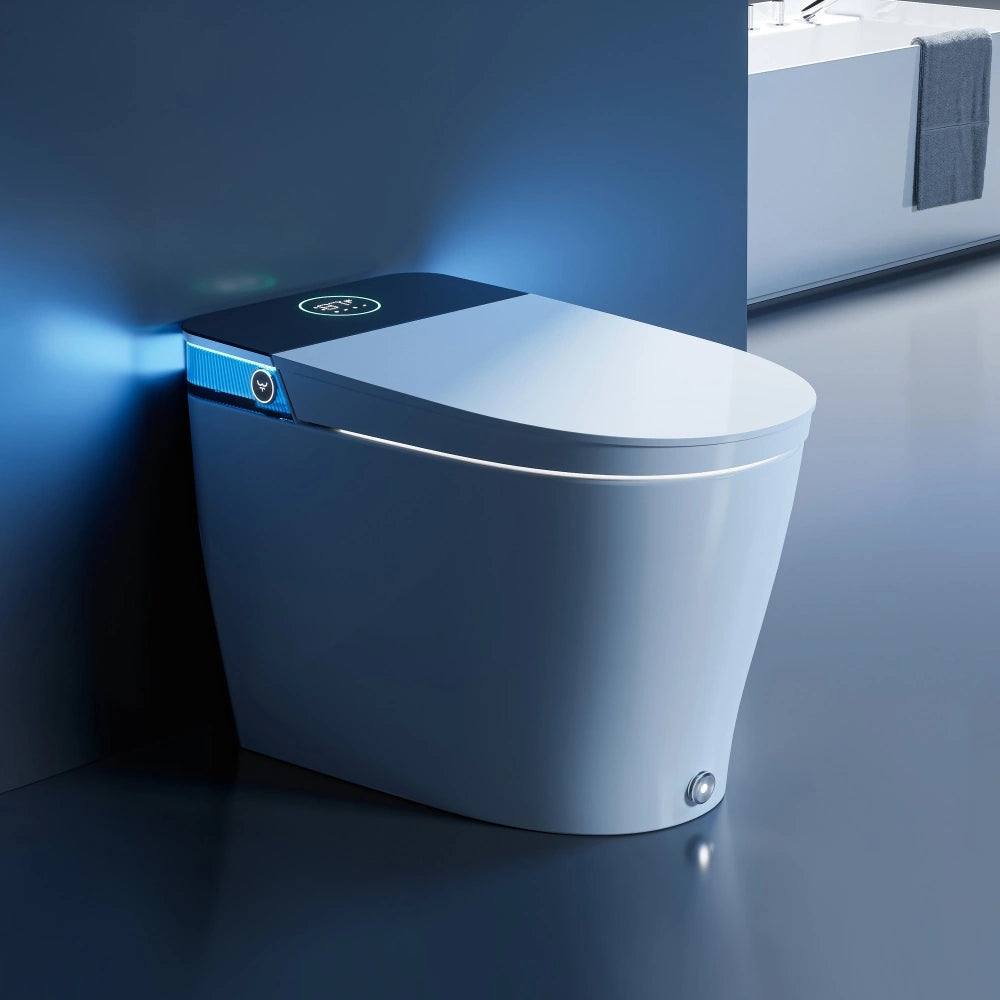
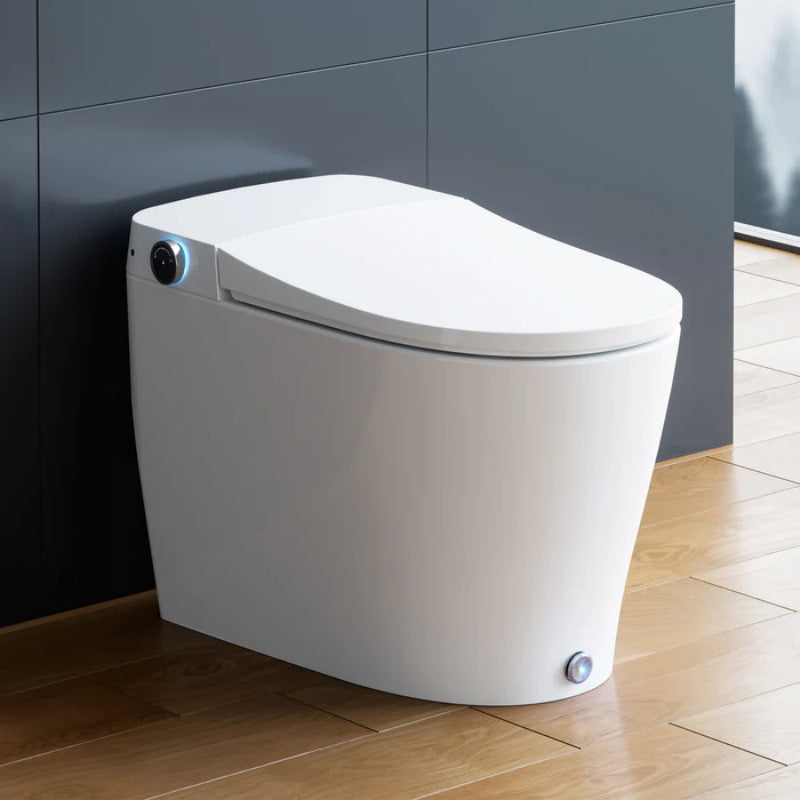
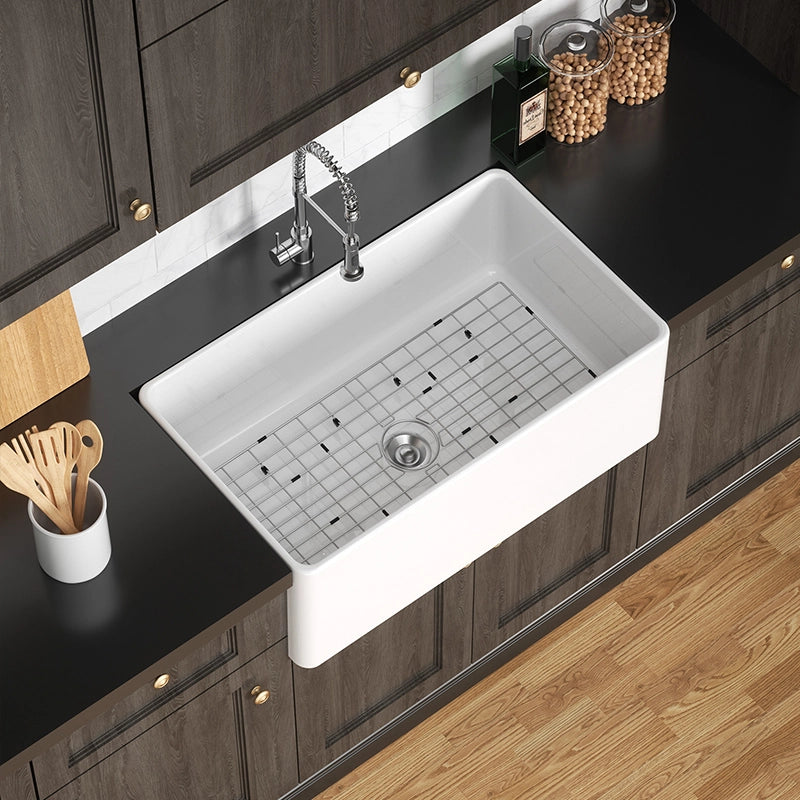
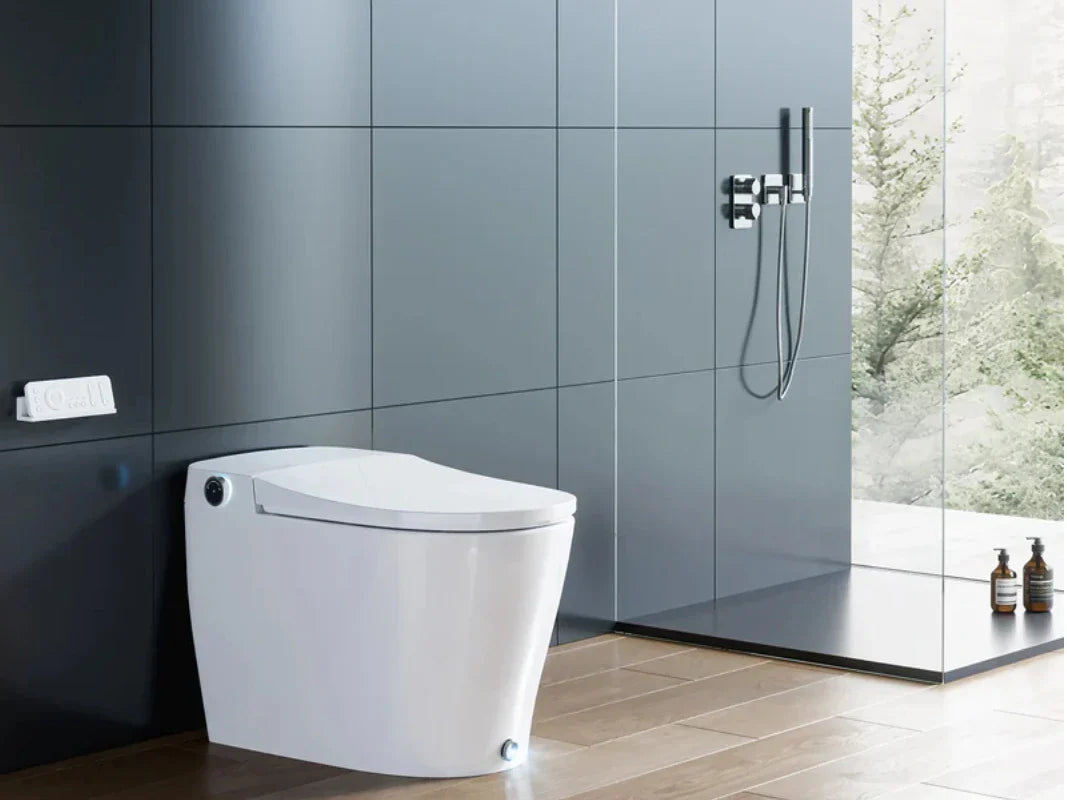

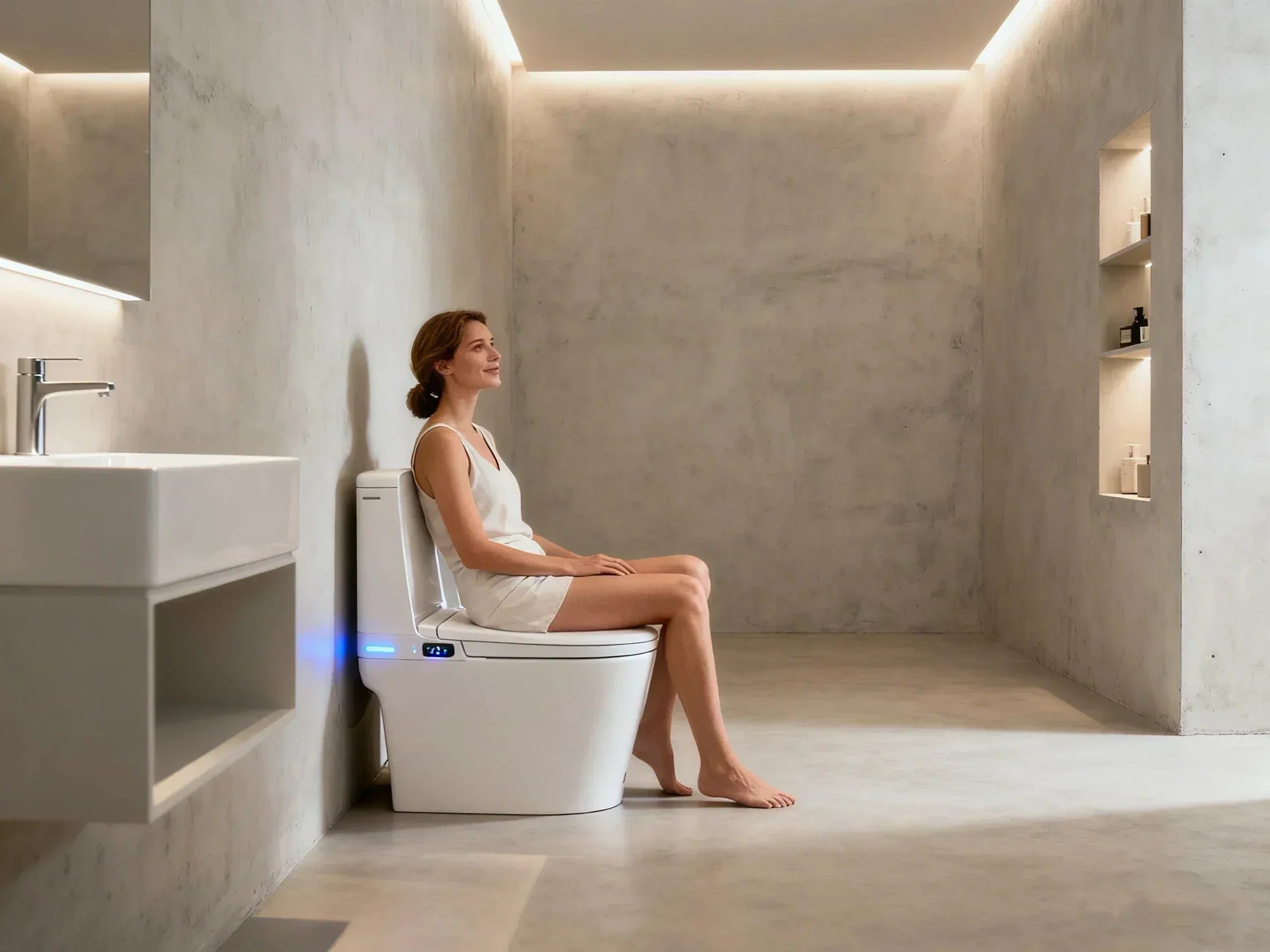

Leave a comment
This site is protected by hCaptcha and the hCaptcha Privacy Policy and Terms of Service apply.